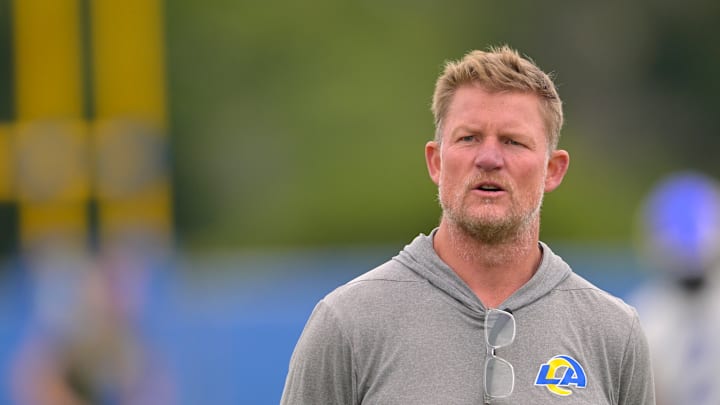By now you have heard the buzz about the LA Rams' decision to trade up to the 39th overall pick in Round 2 of the 2024 NFL Draft to ensure that the team could select Florida State defensive lineman Braden Fiske. If you follow the 'math' of data analytics, you would fall into the trap of believing that the team overpaid to make that selection at 39.
If we limited the scope of our discussion to draft picks, draft value charts, and 2025 NFL Draft picks, that assessment would be correct. After all, math is math. And if you assign a relative value to picks, and adhere to that value, then it's simply comparing one side of the equation to the other. Comparing the relative value of the 39th overall pick in the 2024 NFL Draft to the relative value of the sum of the 52nd overall pick, the 155th overall pick and a 2025 Round 2 pick will result in lesser relative value at 39.
Still, the Rams front office willingly accepted that trade, and the Rams front office is pretty astute. The trade looked like this:
But we are leaving out two major parts of the equation, aren't we?
Let's throw this into reverse and start again, but this time in low and slow gear. After all, the fundamental value of NFL Draft picks is 0. That's right, it's zero, nada, zilch. The pick's only value comes with the right to select rookie prospects in a specific order that is defined by the player who is selected.
Nobody is silly enough to cite the draft value chart of an NFL team that trades up to make a selection for a highly touted rookie quarterback. Many NFL teams that need a rookie quarterback are raked over the coals if they do not trade up to select a quarterback. So any 'overpaid' argument has its limits. So, what are those limits?
